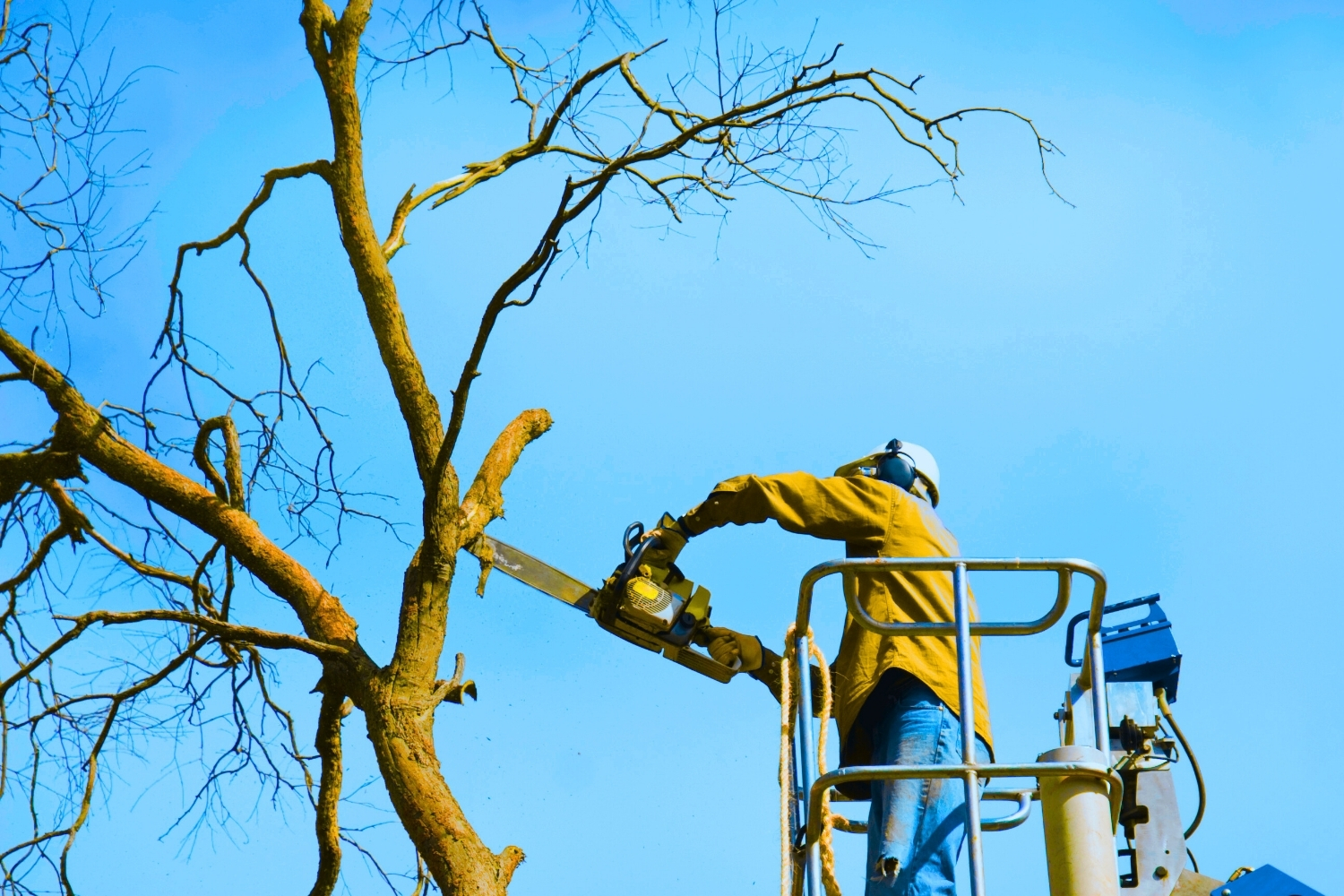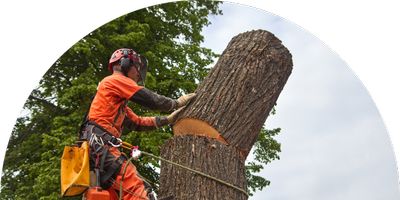Featured
Table of Contents
- – Sabana Grande, PR Tree Cutting Professionals: ...
- – Recommended Tree Clearing In Sabana Grande, PR...
- – Sabana Grande, PR Tree Cutting Cost Overview
- – Sabana Grande, PR Stump Removal Upgrade Progr...
- – When To Hire A Stump Removal In Sabana Grande...
- – Complete Guide To Arborist Prices In Sabana G...
- – Residential Arborist Costs In Sabana Grande, PR
- – Budgeting For An Tree Removal In Sabana Gran...
- – Curved Stump Removal Costs In Sabana Grande,...
- – Sabana Grande, PR Arborist Quotes: What To E...
- – Sabana Grande, PR Tree Trimming Estimate Cost
- – Budget Stump Grinding In Sabana Grande, PR
- – Sabana Grande, PR Tree Clearing Evaluation: ...
- – Accessible Tree Trimming Costs In Sabana Gra...
- – Top-Rated Arborist In Sabana Grande, PR: Pri...

The subsections below offer more in-depth info about prices, including a typical variety for each. TypeAverage Removal CostPineConiferPalmMagnoliaArborvitaeAshCedarSweet GumEucalyptusSycamoreCypressOakMaplePoplar You can expect to pay in between to get rid of a pine, depending on its size. Getting rid of a pine is among the more affordable tasks unless it is one that has actually been around for many years and is quite large.
Sabana Grande, PR Tree Cutting Professionals: Pricing
Pines also have a tap root that grows deep into the soil, which can show to be more difficult to remove. The process itself includes an expert cutting the tree, clearing the base, cutting the surface area roots, getting rid of the stump, and finally treating the soil. Without an expert hand, you risk leaving pine seedlings behind, which will fall from the roots of distressed pines.
Recommended Tree Clearing In Sabana Grande, PR: Reviews
The U.S. national average for conifer elimination is roughly to have the conifer cut down, hauled away, and the stump ground or gotten rid of entirely. Conifers are usually simpler to get rid of, and although they can grow rather high, they do not cost a fortune to eliminate. Conifers consist of pine, spruce, fir, and juniper trees.
Sabana Grande, PR Tree Cutting Cost Overview
While conifers are lovely, they kill native plants and particular types of turf (arborist). The average cost of palm removal depends on the height as much as the type, ranging from.
Sabana Grande, PR Stump Removal Upgrade Programs: Costs
That is why it is very important to know which type you are eliminating. While you do not require an herbicide to eliminate a palm tree, there are some actions your removal specialist will have to take to make sure the job is done correctly. There are 2 ways they can eliminate them: by chopping them down or digging them up.
When To Hire A Stump Removal In Sabana Grande, PR
From there, they eliminate the actual tree and then the stump. Expect to pay in between to remove this type of tree, depending on the precise size and information of the job.
Complete Guide To Arborist Prices In Sabana Grande, PR
There are 3 types: green, white, and black ash. With its gray-tinged bark, its leaves are green or purple in the spring and golden yellow or purplish-red in the fall.
Residential Arborist Costs In Sabana Grande, PR

Due to the variation in height, the removal rate variation is wide from. A coniferous, evergreen tree, the cedar is a durable types.
Budgeting For An Tree Removal In Sabana Grande, PR
The growth of incorrect cedars varies from 50 feet up to 230 feet high. With star-shaped leaves and spectacular fall colors, the sweet gum is considered a medium to large tree.
Curved Stump Removal Costs In Sabana Grande, PR
It has a big root base of 40 to 50 feet, which impacts the elimination cost. Typically, it costs in between to eliminate a eucalyptus. Eucalyptus are not common all over, however they are rather big compared to others, which is why even the smaller ones are so costly to get rid of. Originally from Australia, eucalyptus are intrusive plants that grow in thick groves that get native plants.
Sabana Grande, PR Arborist Quotes: What To Expect
There are a handful of methods to do this, consisting of burning, pulling, grinding, or eliminating them with herbicide. Anticipate to pay in between to eliminate sycamores, based upon the height, trunk size, and amount of work involved. Sycamores are one of the largest hardwood trees, typically varying from 60 to 100 feet high and as broad as 15 feet.
Sabana Grande, PR Tree Trimming Estimate Cost
The first two steps will expose the insides of the tree and cut off the circulation of nutrients up the trunk. From there, a professional applies herbicide to eliminate the tree and cuts down the trunk.
Budget Stump Grinding In Sabana Grande, PR
There are several types of Cypress trees, however the most widespread are the Leyland, Arizona, Bald, and Italian. The Bald Cypress grows in swampy or very wet locations while the others take pleasure in a dry, warm, or hot climate (tree clearing). They can grow as high as 80 to 100 feet tall
Sabana Grande, PR Tree Clearing Evaluation: Pricing

Prone to diseases, the Cypress is one of the most prized woods for furnishings. The typical oak grows to around 60 feet, and depending on the complexity of the removal, it costs an average of to eliminate. The exact size of your oak and the effort needed to fell it affect what you will in fact spend for removal along with any extra services like stump grinding.
Accessible Tree Trimming Costs In Sabana Grande, PR
Access to the trees and the roots will also affect the overall expense. Maples are usually amongst the more costly trees to get rid of since of their size and the work included in the removal.
Top-Rated Arborist In Sabana Grande, PR: Pricing
Growing as high as 90 to 115 feet, these enormous lumbers are mainly found in North America and consist of the aspen, cottonwood, and balsam trees. The procedure to remove trees includes all the trimming and cutting of the branches and trunk, bringing it down to a stump.
Table of Contents
- – Sabana Grande, PR Tree Cutting Professionals: ...
- – Recommended Tree Clearing In Sabana Grande, PR...
- – Sabana Grande, PR Tree Cutting Cost Overview
- – Sabana Grande, PR Stump Removal Upgrade Progr...
- – When To Hire A Stump Removal In Sabana Grande...
- – Complete Guide To Arborist Prices In Sabana G...
- – Residential Arborist Costs In Sabana Grande, PR
- – Budgeting For An Tree Removal In Sabana Gran...
- – Curved Stump Removal Costs In Sabana Grande,...
- – Sabana Grande, PR Arborist Quotes: What To E...
- – Sabana Grande, PR Tree Trimming Estimate Cost
- – Budget Stump Grinding In Sabana Grande, PR
- – Sabana Grande, PR Tree Clearing Evaluation: ...
- – Accessible Tree Trimming Costs In Sabana Gra...
- – Top-Rated Arborist In Sabana Grande, PR: Pri...
Latest Posts
White Marsh, MD Tree Removal Rates: What To Know
What Impacts Tree Service Prices In Lincoln, IL
Lynwood, CA Tree Clearing Evaluation: Pricing
More
Latest Posts
White Marsh, MD Tree Removal Rates: What To Know
What Impacts Tree Service Prices In Lincoln, IL
Lynwood, CA Tree Clearing Evaluation: Pricing